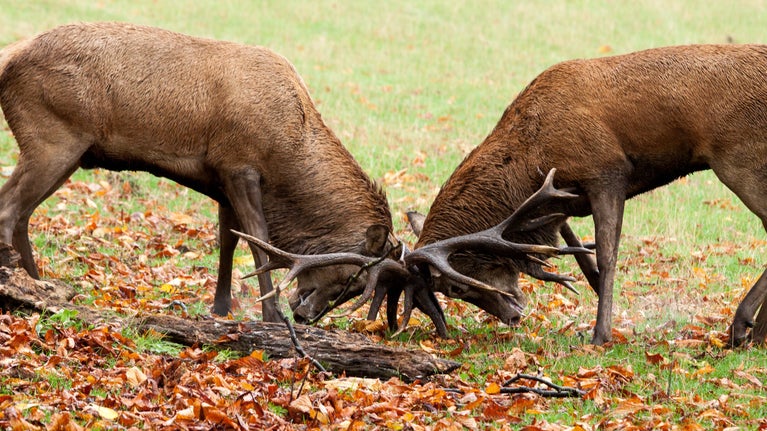
Explore the natural world
From learning how to identify trees to discovering the underwater world of rockpools, pick up some top tips to help you get closer to nature.
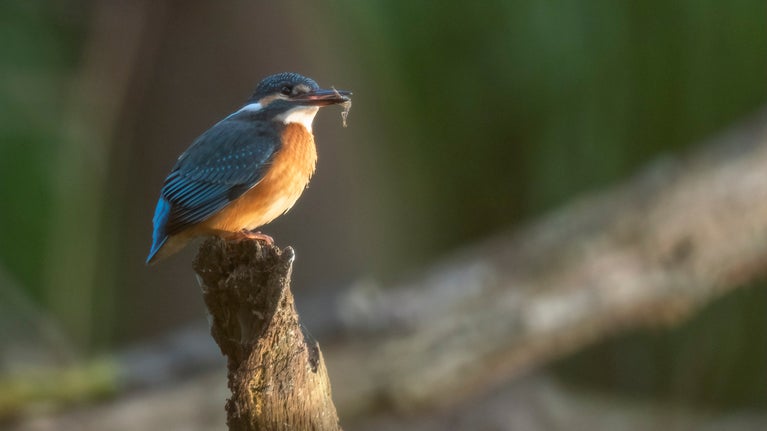
Whether you live in the country, a city or anywhere in-between, the natural world can always be a source of wellbeing and wonder. Our senses can help us stay in tune with nature. Find how you can use them to discover the plants and wildlife near you throughout the seasons.
In the BBC’s Hamza’s Hidden Wild Isles, wildlife cameraman and presenter, Hamza Yassin encourages us all to discover and experience nature around us throughout the year. We are co-producers on the programme and it’s an inspiring watch for anyone interested in getting closer to the natural world on your doorstep.
One of the best ways to encounter nature is to use all your senses: sight, hearing, taste, touch and smell. In this guide, we’ll take you through the seasons, some of the plants and wildlife you can find by using your senses. There’s also a fun quiz to get you discovering nature around you, wherever you are and whatever the time of year.

From learning how to identify trees to discovering the underwater world of rockpools, pick up some top tips to help you get closer to nature.
We’ve worked with walking app Go Jauntly to bring you Naturehood – a series of city walks and challenges that’ll get you closer to the nature on your doorstep. Download the app and discover 25 nature activities with a chance to earn badges. Or seek out the city trails in Manchester, Birmingham and London to explore the nature hidden in plain sight.

We're working with mental health charity Mind because we both believe that spending time in nature can significantly improve mental wellbeing. By bringing together the breadth of places and spaces in our care, with the network of local Minds, we'll create more opportunities for people living with mental health problems to experience the benefits of nature. Find out more on Mind's website.
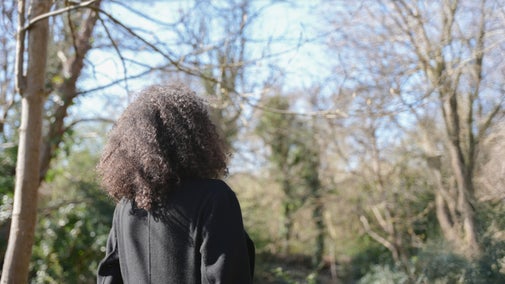
You can help protect and restore the precious habitats and species that are in decline due to the effects of climate change. Donate to the Everyone Needs Nature Appeal today and encourage nature to flourish.
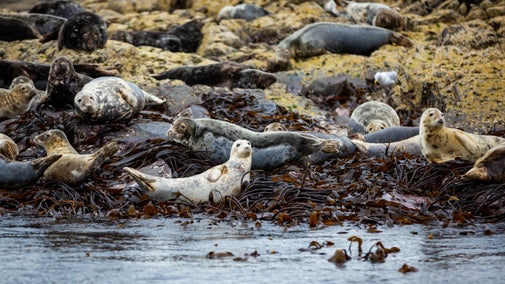
Introducing Wild Tales, our podcast for nature lovers. Filled with stories of gangster gulls, poison gardens and extreme rangers, these episodes will take you all around our weird, wonderful and utterly wild world.
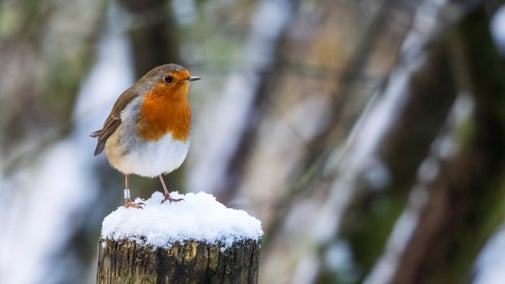
There are more than 600 known bird species in the UK and their calls are an important clue when bird spotting. Listen to our selection of distinctive birdsongs to get you started.
